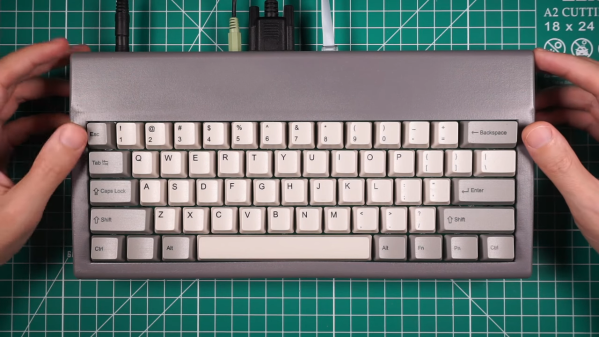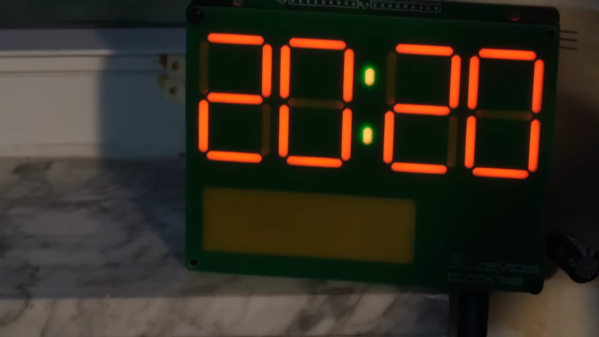Most retrocomputer builds seem to focus on either restoring old machines or rebuilding them from scratch. Either way, the goal is to get as close as possible to the original machine, and while we certainly respect those builds, there are other ways to celebrate the computers of yesterday, as this Z80 single-board computer nicely demonstrates.
[Ivan Farafontov]’s SBC is sort of a “Z80 that never was” build, one that would almost have been possible back in the heyday of 8-bit computing, and would have made quite a splash if it had. Most of the peripheral chips are from Zilog and would have been found in many of the Z80 machines of the day, like the TRS-80 and ZX Spectrum. Where it goes off the old-school path is with the video section, which uses an Atmel CPLD chip and a dual-port RAM to drive a VGA monitor. It still looks the part, though, with a 256×192 pixel, 16-color display. The compact video section helps keep the overall footprint of this machine pretty small, at least by the standards of the old machines. The machine is barely larger than its custom keyboard, which is populated with mechanical switches and really nice-looking custom keycaps, and everything fits into a 3D-printed case.
The demo that starts at the 4:30 mark of the video below will be a nostalgia storm for a lot of readers, starting as it does with a version of Boulder Dash that [Ivan] wrote from scratch, along with the tile editor he used to create the sprites for the game. All the design files and code are available if you want to build your own, of course. We recently featured another Z80 that never was, but [Ivan]’s machine really makes a statement with its compact size and its capabilities.
Continue reading “Z80 Single-Board Computer Looks Like It Could Have Been A Killer Product”


















